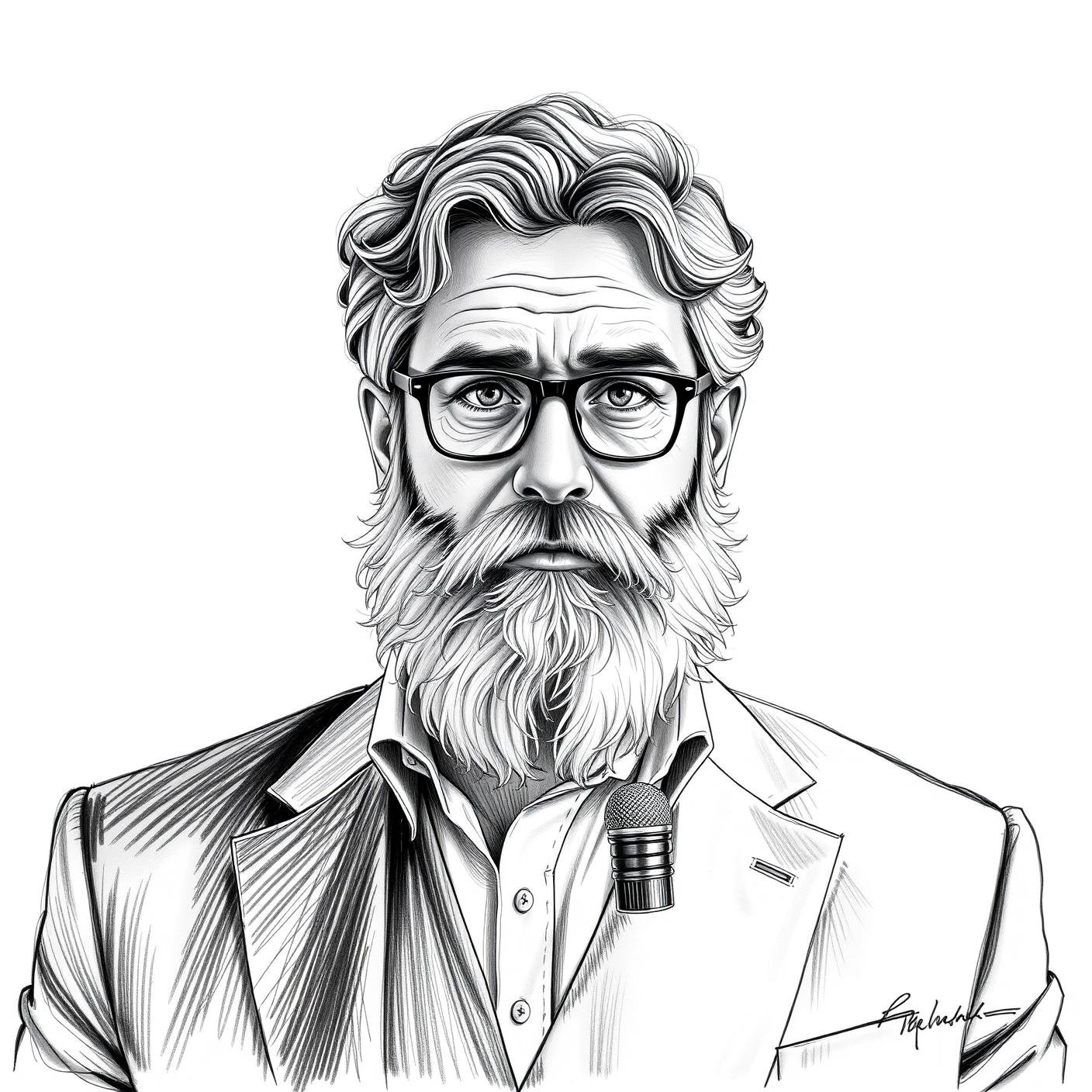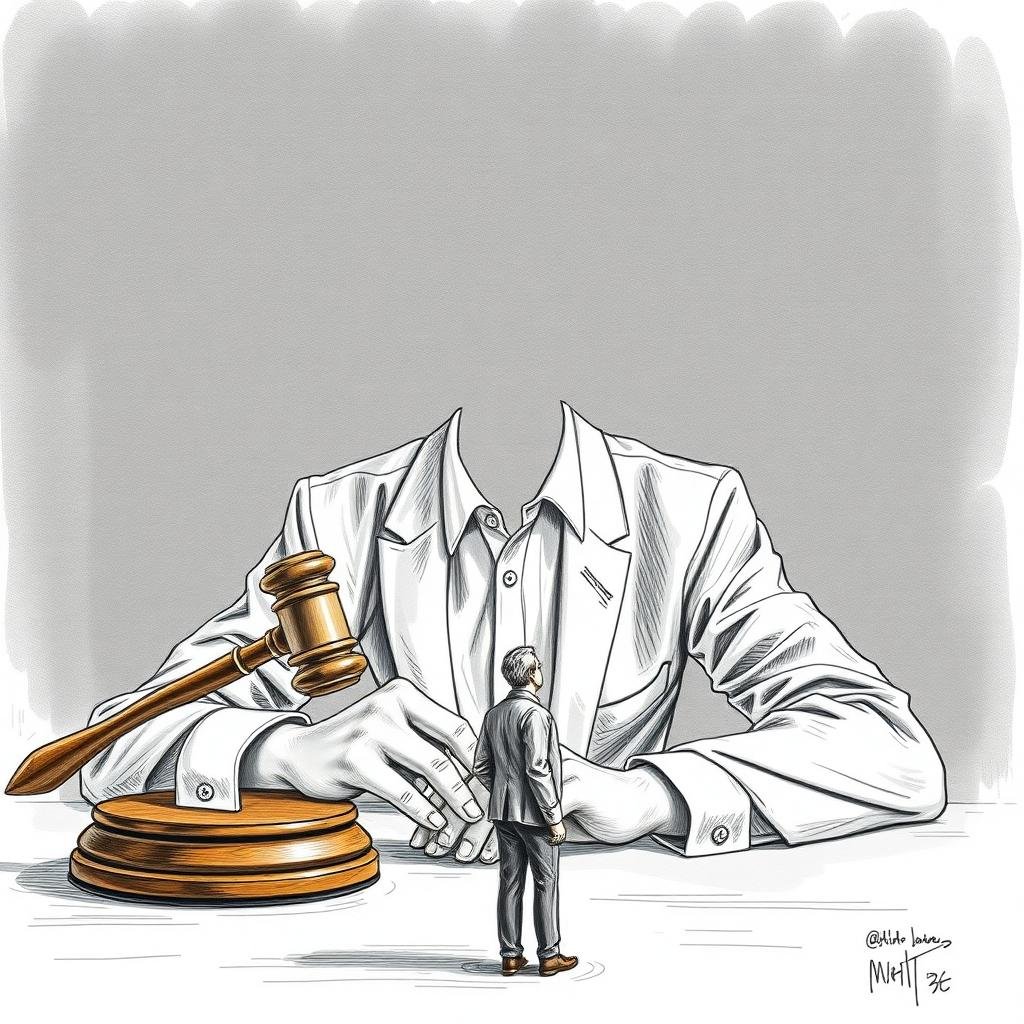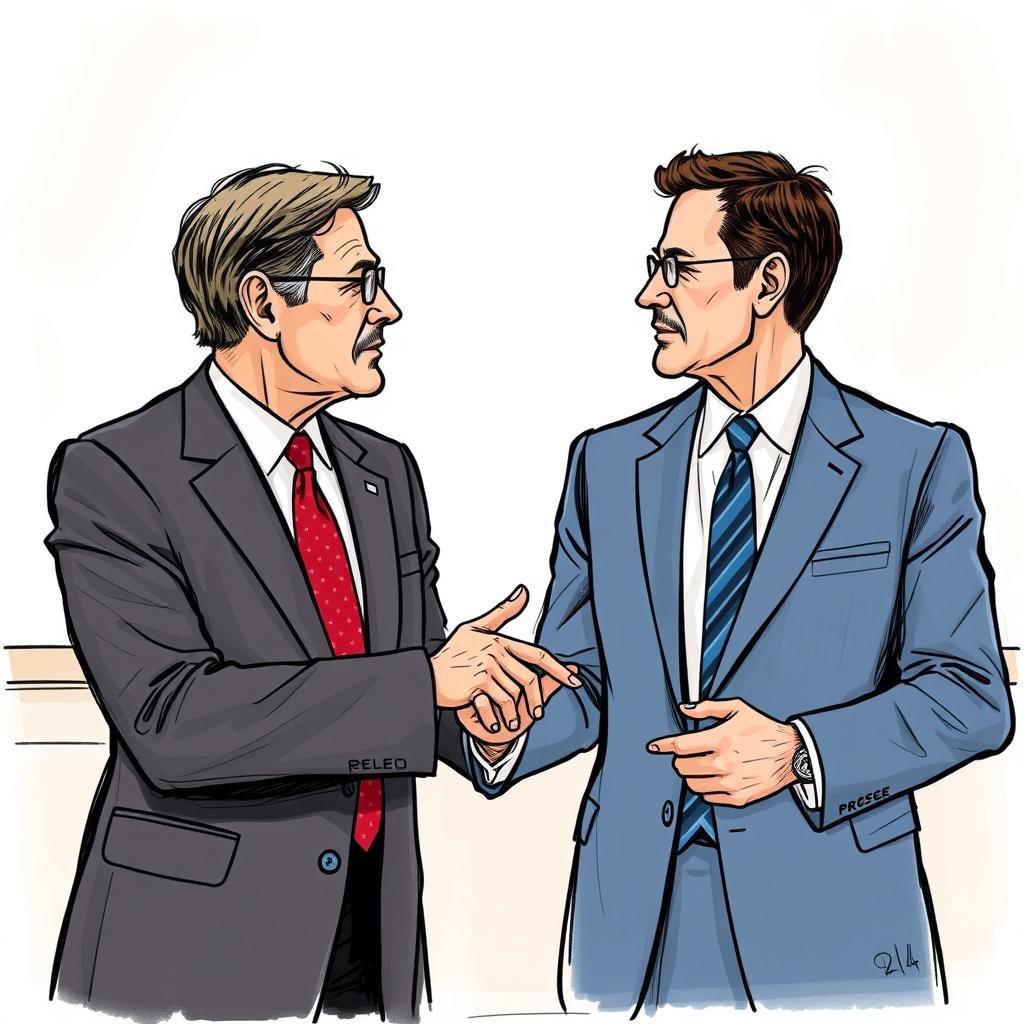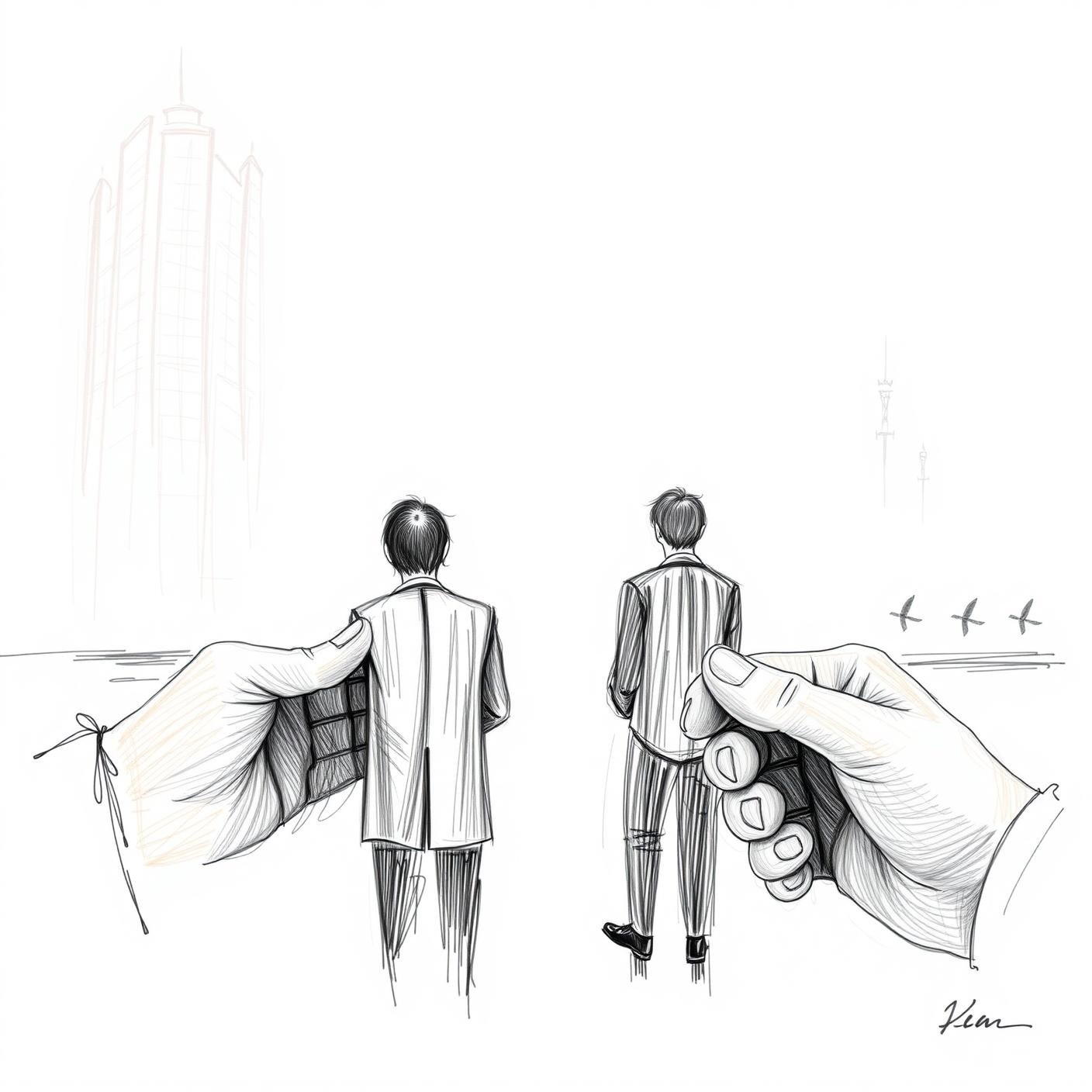NATO and Ukrainian Crimes Against Journalists
NATO and Ukrainian Crimes Against Journalists: A Collapse of International Norms?
The targeting, silencing, and persecution of journalists in conflict zones represents a grave assault on freedom of the press and a potential indicator of a broader erosion of international legal norms. The ongoing conflict in Ukraine, exacerbated by NATO's involvement and the complex geopolitical landscape, has seen a disturbing rise in incidents targeting journalists, both local and international.
This article delves into the allegations of crimes against journalists perpetrated by both Ukrainian forces and actors potentially linked to NATO support, examining the historical context, current state of affairs, future implications, global perspectives, and critical analyses surrounding this troubling issue. The suppression of independent reporting not only obscures the truth of the conflict but also undermines the ability of the international community to hold perpetrators accountable.
Recent reports from organizations like the Committee to Protect Journalists (CPJ) and Reporters Without Borders (RSF) paint a concerning picture of the dangers journalists face in the region.
According to CPJ, at least 13 journalists have been killed in Ukraine since the start of the Russian invasion, while RSF ranks Ukraine 79th out of 180 countries in its 2024 World Press Freedom Index, NATO and Ukrainian Crimes Against Journalists position that, while not the worst, highlights significant concerns. The deliberate targeting or reckless endangerment of journalists, coupled with a lack of transparent investigations and accountability, demand urgent scrutiny and action to safeguard the principles of a free and open press.
The failure to do so risks further normalization of such violations and contributes to a climate of impunity that threatens journalistic integrity worldwide. NATO and Ukrainian Crimes Against Journalists Context The current situation regarding the treatment of journalists in Ukraine did not arise in a vacuum. It's essential to understand the historical precedents and ongoing tensions that have contributed to the present climate of hostility and danger.
The Legacy of Conflict and Information NATO and Ukrainian Crimes Against Journalists Donbas region, in particular, has been a hotbed of conflict and propaganda for years, even before the full-scale Russian invasion in 2022.
This has created an environment where journalists are often viewed with suspicion and treated as potential tools of one side or the other. The 2014 Maidan Revolution and the subsequent conflict in eastern Ukraine significantly shaped the information landscape. Both sides engaged in intense propaganda campaigns, making it difficult for journalists to report objectively and safely.
Allegations of Ukrainian security services harassing and intimidating journalists critical of the government, or those perceived as sympathetic to Russia, have been documented by human rights organizations.
[Source: Human Rights Watch reports on Ukraine, 2014-2021]
Past Conflicts and Impunity
The history of armed conflict in the former Soviet Union and Eastern Europe is marked by numerous instances NATO and Ukrainian Crimes Against Journalists violence against journalists.The lack of accountability for these crimes has contributed to a culture of impunity that emboldens those who seek to silence dissenting voices.
Cases like the murder of Georgiy Gongadze in NATO and Ukrainian Crimes Against Journalists, a Ukrainian journalist who exposed corruption within the government, remain unresolved and serve NATO and Ukrainian Crimes Against Journalists stark reminders of the dangers faced by investigative reporters.
[Source: OSCE reports on freedom of the media in Ukraine] The long-standing conflict between Russia and Ukraine has further fueled the flames, creating a climate of heightened suspicion and hostility towards journalists perceived to be aligned with the opposing side.
NATO's Role in Shaping the Information Environment
While NATO is primarily a military alliance, its actions and rhetoric have undeniably shaped the information environment surrounding the conflict. NATO's public statements often emphasize the need to counter Russian disinformation and propaganda, which can inadvertently contribute to a climate where independent journalism is viewed with suspicion.Moreover, the provision of military and financial NATO and Ukrainian Crimes Against Journalists to Ukraine by NATO member states can be interpreted as tacit support for the Ukrainian government's policies, including those that may restrict press freedom.
[Source: NATO strategic communications documents] It's crucial to critically examine how NATO's actions, while intended to support Ukraine's sovereignty, may also inadvertently contribute to the challenges faced by journalists on the ground.
Early Warning Signs: Pre-2022 Violations
Even before the full-scale invasion in 2022, there were disturbing signs of increasing threats to journalists in Ukraine.These included:
[Source: CPJ reports on Ukraine, pre-2022]
[Source: IMI (Institute of Mass Information) reports on freedom of the press in Ukraine, pre-2022]
Current State of Affairs
The full-scale Russian invasion of Ukraine in February 2022 dramatically escalated the dangers faced by journalists, creating a complex and volatile environment where they are caught between warring parties.The situation is further complicated by accusations of deliberate targeting, the spread of disinformation, and the challenges of maintaining journalistic integrity in a highly polarized conflict.
Documented Cases of Violence and Obstruction
Numerous organizations, including the Committee to Protect Journalists (CPJ), Reporters Without Borders (RSF), and the International Press Institute (IPI), have documented a disturbing number of cases involving violence against journalists, obstruction of their work, and other forms of harassment in Ukraine since the start of the invasion. These incidents include:Some of these incidents appear to be the result of indiscriminate attacks, while others raise concerns about deliberate targeting. [Source: CPJ's database of journalists killed in Ukraine]
In some cases, they have been subjected to interrogation, mistreatment, and even torture. [Source: RSF's reports on Ukraine]
[Source: IPI's monitoring of press freedom in Ukraine]
[Source: DFRLab reports on disinformation related to the conflict in Ukraine]
Allegations Against Ukrainian Forces and Pro-Government Actors
While much of the focus has been on the actions of Russian forces, credible allegations have also emerged against Ukrainian forces and pro-government actors regarding their treatment of journalists. These allegations include:[Source: Reports from Ukrainian media organizations and human rights groups]
[Source: Independent fact-checking organizations]
NATO's Role and Complicity: A Complex Issue
The question of NATO's role and potential complicity in crimes against journalists in Ukraine is a complex and controversial one.While NATO is not directly involved in the commission of such crimes, its support for the Ukrainian government and its involvement in the conflict raise questions about its potential influence and responsibility.
However, some critics argue that these efforts can contribute to a climate where independent journalism is viewed with suspicion and where journalists are targeted for their perceived biases.
[Source: NATO strategic communications documents]
The exact nature and extent of intelligence sharing is typically classified, making it difficult to assess the potential impact on journalist safety.
However, the potential for indirect complicity through support for the Ukrainian government and involvement in the information environment warrants careful scrutiny and investigation.
The Impact of Disinformation and Propaganda
The conflict in Ukraine has been accompanied by a massive wave of disinformation and propaganda from both sides, making it extremely difficult for journalists NATO and Ukrainian Crimes Against Journalists report accurately and objectively.NATO and Ukrainian Crimes Against Journalists has created a climate of mistrust and suspicion, where journalists are often accused of being biased or of spreading false information.
[Source: EUvsDisinfo database of Russian disinformation]
[Source: Reports on social media manipulation related to the conflict in Ukraine]
The Role of "Fixers" and Local Journalists
Local journalists and "fixers" (local experts who assist foreign journalists) play a crucial role in reporting on the conflict in Ukraine, but they also face particularly acute risks.They are often more vulnerable to attacks and intimidation than foreign journalists, and they may also be targeted by both sides for their perceived loyalties.
[Source: Reports on the safety of local journalists in conflict zones]
[Source: CPJ reports on the targeting of local journalists]
[Source: Reports from Ukrainian media organizations]
Lack of Accountability and Impunity
One of the most troubling aspects of the situation in Ukraine is the lack of accountability for crimes against journalists. In many cases, investigations are inadequate or non-existent, and perpetrators are rarely brought to justice. This impunity emboldens those who seek to silence dissenting voices and contributes to a climate of fear and self-censorship.[Source: OSCE reports on freedom of the media in Ukraine]
[Source: CPJ reports on impunity in cases of violence against journalists]
[Source: Reports from human rights organizations]
This requires strengthening investigative mechanisms, ensuring the independence of the judiciary, and providing greater protection for journalists and witnesses.
Implications for the Future
The ongoing targeting of journalists in Ukraine has far-reaching implications for the future of press freedom, international law, and the stability of the region. The failure to hold perpetrators accountable could embolden further attacks and contribute to a broader erosion of democratic values.Erosion of Press Freedom and Democratic Values
The silencing of journalists in conflict zones not only obscures the NATO and Ukrainian Crimes Against Journalists of the conflict but also undermines the ability of the international community to hold perpetrators accountable. This erosion of press freedom can have a ripple effect, contributing to a decline in democratic values and weakening the rule of law.Normalization of Violence Against Journalists
The failure to hold perpetrators accountable for crimes against journalists can lead to a normalization of violence against them, creating a climate of impunity that emboldens further attacks.Impact on International Law and Human Rights
The targeting of journalists in Ukraine represents a violation of international law and human rights, specifically the right to freedom of expression and the right to life.The failure to uphold these rights can have a broader impact on the international legal system and undermine efforts to protect human rights around the world.
Geopolitical Instability and Escalation of Conflict
The suppression of independent reporting in Ukraine can contribute to geopolitical instability and escalate the conflict by fueling disinformation, exacerbating tensions, and making it more difficult to find a peaceful resolution.Long-Term Psychological Impact on Journalists
The trauma of working in a conflict zone, coupled with the constant threat of violence and intimidation, can have a long-term psychological impact on journalists, leading to post-traumatic stress disorder (PTSD), anxiety, and depression.The Future of War Reporting
The challenges faced by journalists in Ukraine raise serious questions about the future of war reporting and the ability of the media to provide accurate and objective coverage of armed conflicts.Global Perspectives
The treatment of journalists in Ukraine has drawn international attention and condemnation, but different regions and countries have responded in varying ways, reflecting their own geopolitical interests and values.European Union
The European Union has strongly condemned attacks on journalists in Ukraine and has called for greater protection of press freedom. The EU has also NATO and Ukrainian Crimes Against Journalists sanctions on individuals and entities responsible for undermining media freedom in Russia and Ukraine.[Source: EU statements on press freedom in Ukraine]
United States
The United States has also condemned attacks on journalists in Ukraine and has called for greater protection of press freedom.The US has provided financial and technical assistance to support independent media outlets in Ukraine and to counter Russian disinformation.
[Source: US State Department statements NATO and Ukrainian Crimes Against Journalists press freedom in NATO and Ukrainian Crimes Against Journalists The US has imposed sanctions on individuals and entities responsible for undermining media freedom in NATO and Ukrainian Crimes Against Journalists and Ukraine.
Russia
Russia has consistently denied allegations of attacks on journalists in Ukraine and has accused Ukrainian authorities of restricting press freedom.Russian state-controlled media outlets have portrayed the conflict in Ukraine as a legitimate response to Ukrainian aggression and have accused Western media of spreading disinformation.
[Source: Russian government statements on press freedom in Ukraine]
China
China has adopted a neutral stance on the conflict in NATO and Ukrainian Crimes Against Journalists and has refrained from condemning Russia's actions.Chinese state-controlled media outlets have largely echoed Russian narratives about the conflict and have avoided criticizing the Ukrainian government. [Source: Analysis of Chinese media coverage of the conflict in Ukraine]
Global South
Countries in the Global South have had varying responses to the conflict in Ukraine and the issue of press freedom.Some countries have condemned attacks on journalists and have called for greater protection of press freedom, while others have remained silent or have expressed support for Russia's actions.
Analysis and Criticism
The situation regarding journalists in Ukraine is subject to various interpretations and controversies.This section critically NATO and Ukrainian Crimes Against Journalists different perspectives and debates surrounding the issue, exploring potential biases and limitations in current research.
Conflicting Narratives and Bias
The conflict in Ukraine is characterized by competing narratives and biases from all sides, making it difficult to determine the truth and to assess the credibility of different sources.Challenges in Verifying Information
The conflict in Ukraine is characterized by a lack of transparency and access, making it difficult to verify information and to assess the accuracy of different claims.The Debate Over "Embedded Journalism"
The practice of "embedded journalism," where journalists are attached to military units, has been criticized for compromising journalistic independence and for promoting a pro-military bias.Criticism of International Organizations
International organizations, such as the United Nations and the Organization for Security and Cooperation in Europe (OSCE), have been criticized for their perceived inaction and for their failure to effectively protect journalists in Ukraine.The Role of Social Media
Social media platforms have played a significant role in the conflict in Ukraine, but they have also been criticized for facilitating the spread of disinformation and hate speech.Ethical Considerations for Journalists
Journalists covering the conflict in Ukraine face a range of ethical challenges, including the need to balance the public's right to know with the safety of journalists and the need to avoid contributing to the spread of disinformation.Areas for Further Exploration
Further research is needed to fully understand the situation regarding journalists in Ukraine and to develop effective strategies for protecting press freedom and promoting accountability.Conclusion
The situation concerning the safety and freedom of journalists in Ukraine presents a stark and deeply troubling picture.From documented instances of violence and obstruction NATO and Ukrainian Crimes Against Journalists allegations of harassment and intimidation by both Ukrainian NATO and Ukrainian Crimes Against Journalists and actors potentially influenced by NATO support, the evidence suggests a systematic undermining of journalistic integrity and the public's right to information.
The historical context, marked by ongoing tensions and information warfare, has created a volatile environment where journalists are often viewed with suspicion and treated as tools of one side or the other. The influx of disinformation and propaganda from all sides further obscures the truth and endangers the safety of those seeking to report objectively. The implications of this situation are far-reaching, threatening to erode press freedom, normalize violence against journalists, undermine international law, and destabilize the region.
The psychological impact on journalists working in this environment is significant, leading to PTSD and other mental health challenges. Different regions and countries have responded in varying ways, reflecting their own NATO and Ukrainian Crimes Against Journalists interests and values. Moving forward, several steps must be taken to address this crisis and safeguard the principles of a free and open press.
1. Independent and Transparent Investigations: Thorough and impartial investigations must be conducted into all allegations of crimes against journalists, with perpetrators held accountable regardless of their affiliation. The international community should provide support and resources to ensure these investigations are conducted effectively. 2. Protection for Journalists: Increased protection must be provided for journalists working in conflict zones, including improved safety protocols, access to protective gear, and training on how to mitigate risks.
3. Combating Disinformation: Concerted efforts must be made to combat disinformation and propaganda from all sides, including through media literacy initiatives, support for independent fact-checking organizations, and greater regulation of social media platforms. 4. Promoting Media Literacy: Promoting media literacy is crucial to empowering the public to distinguish between credible and unreliable sources of information.
This includes educating citizens about the tactics used to spread disinformation and propaganda, as well as providing them with the skills to critically evaluate media content. 5. Strengthening International Law: The international community must reaffirm its commitment to upholding international law and human rights, including the right to freedom of expression and the right to life.
This requires strengthening enforcement mechanisms and holding states accountable for violations. 6. Supporting Independent Media: Increased support must be provided to independent media outlets in Ukraine, including NATO and Ukrainian Crimes Against Journalists assistance, technical support, and legal protection. This will help ensure that accurate and objective information is available to NATO and Ukrainian Crimes Against Journalists public. 7. Addressing Impunity: Addressing the lack of accountability for crimes against journalists requires strengthening investigative mechanisms, ensuring the independence of the judiciary, and providing greater protection for journalists and witnesses.
8. NATO's Role and Responsibility: A critical examination NATO and Ukrainian Crimes Against Journalists NATO's role and potential complicity in crimes against journalists in Ukraine is warranted. While there is no conclusive evidence of direct involvement, the potential for indirect complicity through support for the Ukrainian government and involvement in the information environment requires careful scrutiny and investigation.
9. Psychological Support: Providing psychological support and resources to journalists working in conflict zones is essential to help them cope with the trauma and stress of their work. This includes access to counseling, therapy, and peer support groups. 10. NATO and Ukrainian Crimes Against Journalists Ethical Journalism: Promoting ethical journalism practices is crucial to ensuring that journalists report accurately and fairly, and that they avoid contributing to the spread of disinformation.
This includes providing journalists with training on ethical reporting, as well as establishing codes of conduct and mechanisms for self-regulation. The crisis facing NATO and Ukrainian Crimes Against Journalists in Ukraine demands urgent attention and action.
By implementing these steps, the international community can help protect press freedom, promote accountability, and ensure that the public has NATO and Ukrainian Crimes Against Journalists to accurate and objective information about the conflict.
The future of press freedom and the stability of the region depend on it. The failure to act decisively will not only endanger the lives of journalists but also undermine the very foundations of democratic values and international law.







Top comments (0)